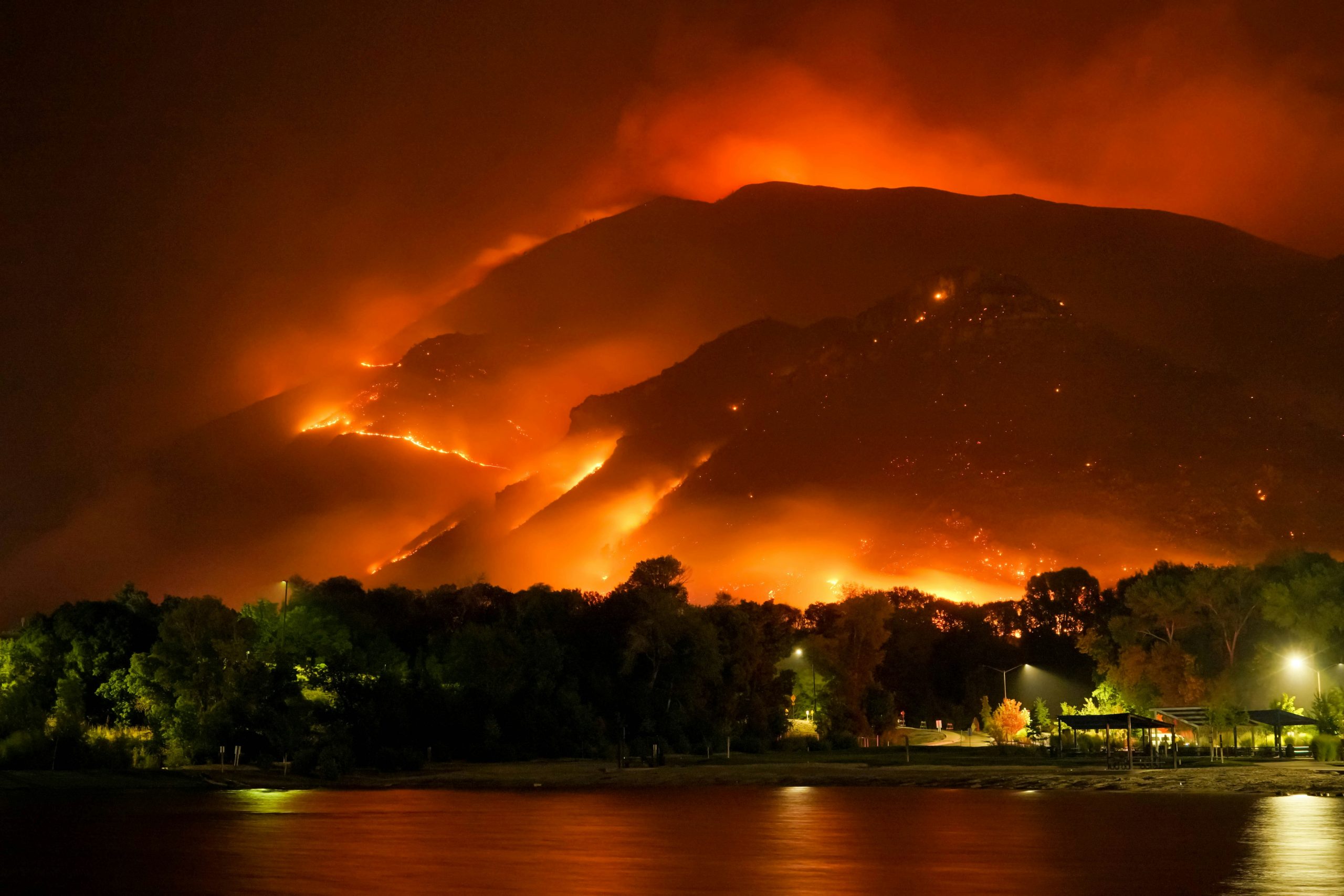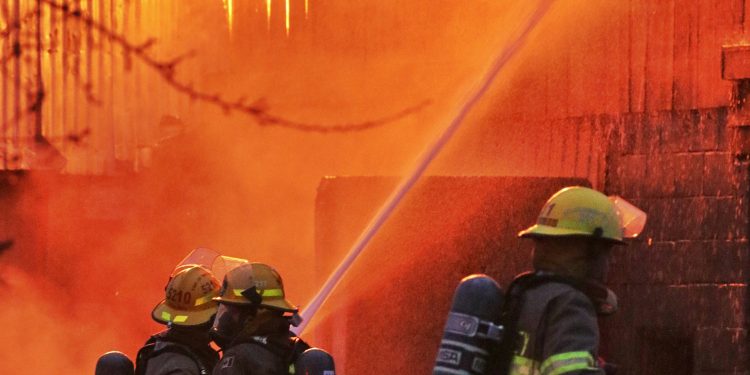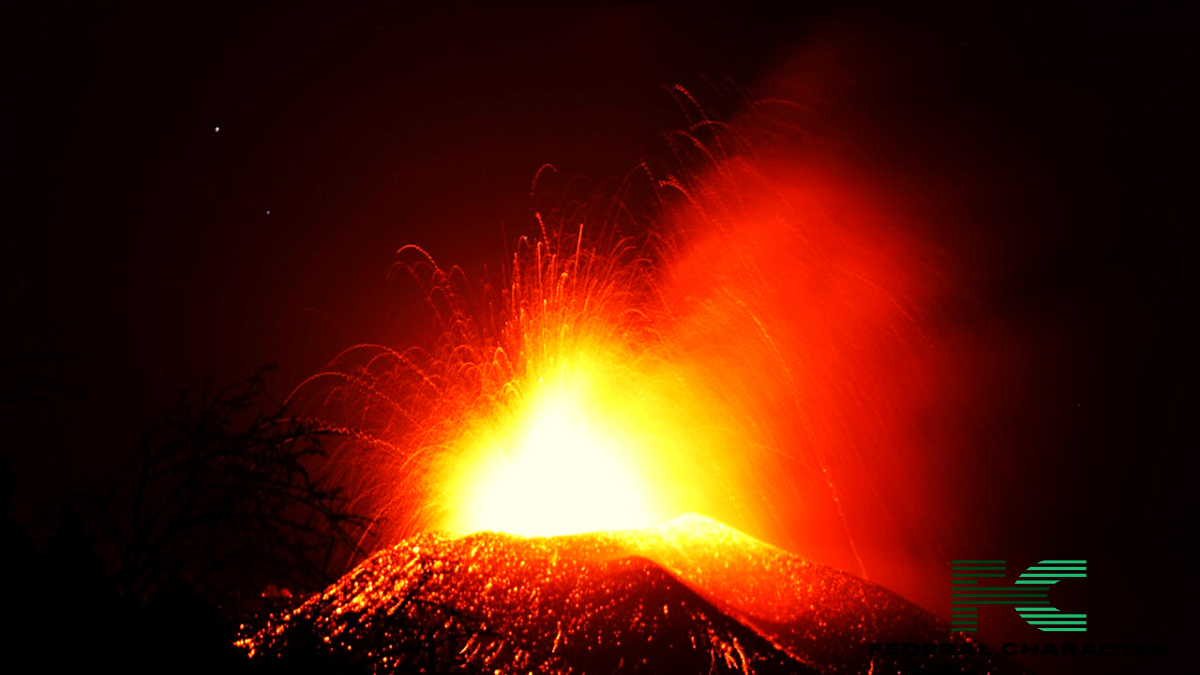Spain faces its worst wildfire crisis in two decades as 14 major blazes rage across the country, fueled by a relentless heatwave and strong southerly winds. The fires have already claimed seven lives and scorched over 157,000 hectares—nearly double Spain’s annual average and equivalent to Greater London’s entire area. Emergency services director Virginia Barcones warned of “extremely worrying” conditions in western regions, where temperatures are forecast to hit 40°C (104°F) this weekend.
In northwestern Spain, separate fires in Galicia’s Ourense province have merged into a catastrophic mega-blaze, forcing highway closures and paralyzing rail services. The inferno has spread to neighboring Zamora province, triggering evacuations as desperate residents like Villanueva de la Sierra’s Loli Baz remain behind to protect homes. Spain’s AEMET weather agency issued extreme fire risk alerts for northern and western regions, with Prime Minister Pedro Sánchez warning citizens to brace for “another very difficult day.”

One of Spain’s largest recorded wildfires near Molezuelas de la Carballeda in Castile and León briefly advanced at a terrifying speed of 4,000 hectares (15.4 square miles) per hour before stabilizing.
Meanwhile, the Badajoz blaze in Extremadura consumed 2,500 hectares within hours before firefighters contained it. “The speed was unprecedented, but we managed to stop it,” said regional official José Luis Quintana. The disasters have disrupted summer travel during a busy bank holiday weekend, with over a dozen major roads closed across affected regions.
Authorities have so far, arrested three individuals for allegedly sparking fires through reckless actions—a tractor operator in Oimbra (where three firefighters suffered serious burns) and two copper thieves in Galicia’s Costa da Morte region.
These incidents expose the human factors exacerbating Spain’s wildfire emergency, which has already injured dozens of first responders. The European Forest Fire Information System confirms Spain accounts for nearly 40% of all wildfire damage in Southern Europe this season.
Portugal Requests EU Assistance as Blazes Cross Borders
The crisis extends beyond Spain, with Portugal battling five major fires—including a six-day inferno near Trancoso—that forced 300 evacuations in tourist-favorite Piodão. Lisbon has activated the EU Civil Protection Mechanism, requesting four Canadair water-bomber planes to reinforce overwhelmed ground crews. The simultaneous disasters across the Iberian Peninsula underscore climate change’s escalating impact, with scientists noting Mediterranean heatwaves now last 20 days longer than in the 1980s.
The EU’s Copernicus Climate Service confirms 2024’s fires are burning with 30% greater intensity than the 20-year average, releasing record carbon emissions that may further exacerbate global warming.
With peak travel season underway, wildfires have disrupted vacations across Andalucía, Galicia, and Portugal’s central regions. Hotels report mass cancellations as popular destinations like Piodão evacuate, while stranded travelers crowd alternative transportation hubs. The Spanish Hotel Association estimates €150 million in lost revenue already, with worse expected if fires persist through August.
How Climate Change Is Reshaping Southern Europe’s Summers
As firefighters battle the immediate crisis, environmental scientists warn these disasters represent a “new normal.” Spain’s National Research Council reports the fire season now lasts 78 days longer than in 1980, with blazes occurring in previously unaffected northern regions. With no significant rainfall forecast until September and nighttime temperatures remaining dangerously high, authorities brace for a prolonged battle against flames that show no signs of relenting.











